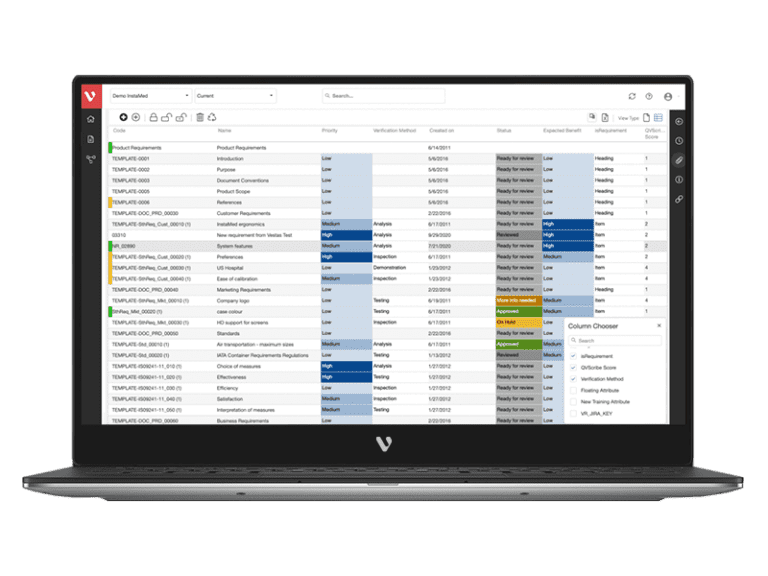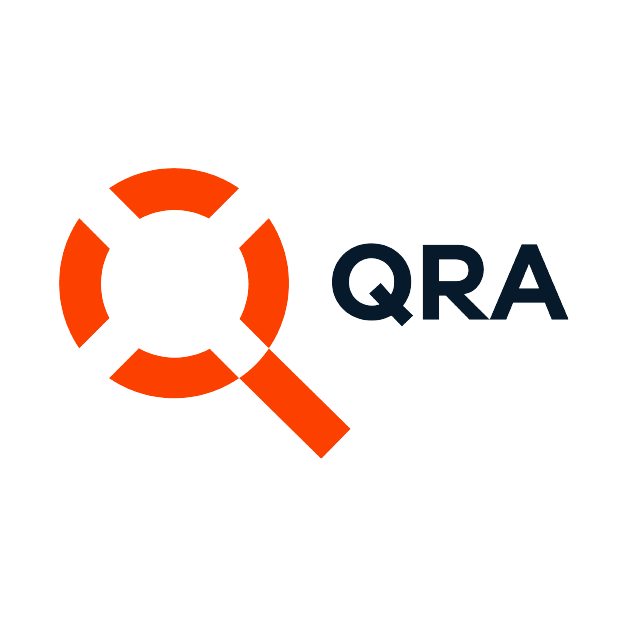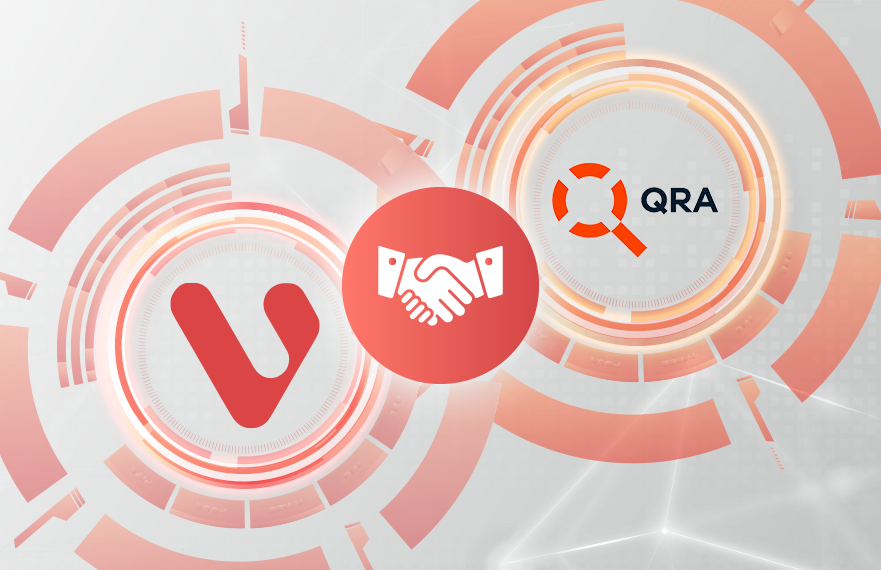The partnership between Visure Solutions and QRA Corp brings together Visure’s state-of-the-art requirements management technology with QRA Corp’s expertise in requirements analysis and verification. As a technology partner, QRA Corp offers advanced requirements analysis, verification, integration with Visure’s platform, quality assurance, and compliance support. This collaboration provides clients with a holistic approach to managing and validating requirements, enhancing project outcomes, and ensuring compliance with stringent industry standards.
Join our Ecosystem of Innovators
Visure’s Partner Program connects safety-critical manufacturers to world-class providers and solutions to help drive success in their business, and revolutionize product development.
- Most cost-effective
- Access All Features
- 30-Day Trial




